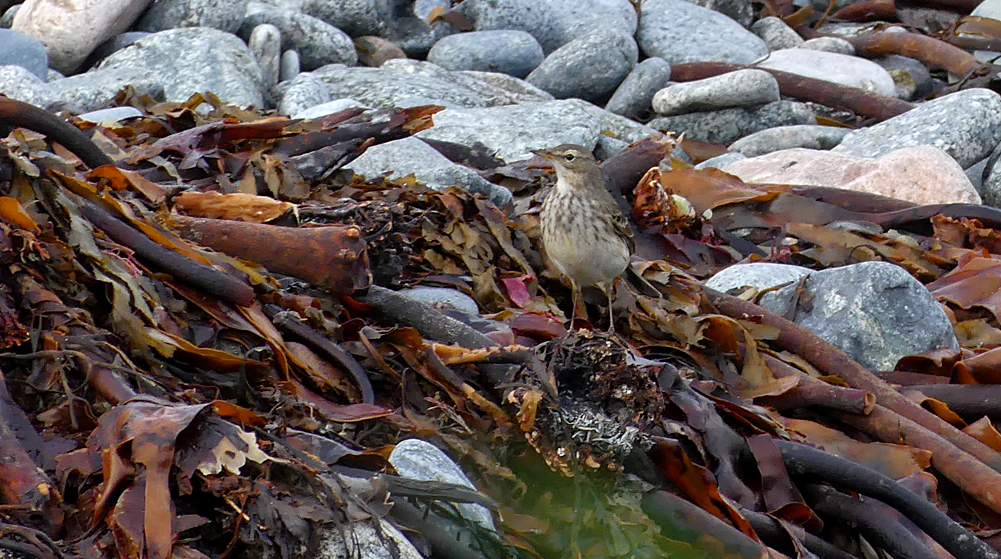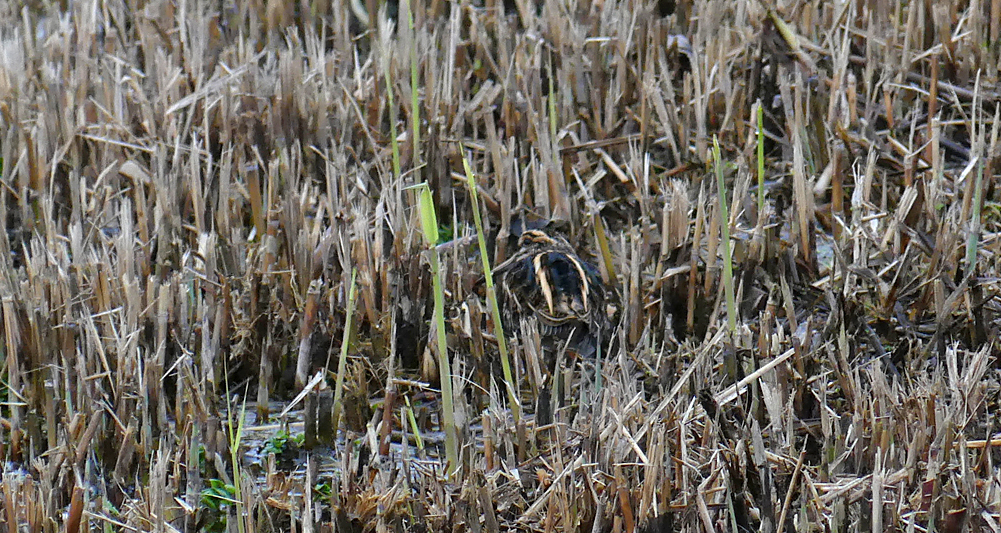Monday 31st December 2018
/December birding was typically scant but I spent a lunch hour in the Rue des Bergers area on 4th, where there was Cetti’s Warbler singing, a Chiffchaff and a couple of Water Rails calling from practically underneath the hide sounding like screaming harridans. Just down the road there were at least 4 Cattle Egrets showing and I had my first Great Crested Grebe swimming at Vazon.
Cattle Egrets - Rue des Bergers, 4 Dec 18
According to my notes, I didn’t then see anything worth writing down until 21st December, the last day of term. Calling at Rousse car park to check for any seabirds I was pleased to see a small grebe quite far offshore which I assumed was going to be a Slavonian since there was a Great Crested nearby which looked much larger. I retrieved my ‘scope to check it out and then was pleased to see it wasn’t a Slav at all, as it was really dark in the face and neck area, and I also soon realised it was bigger than I thought and considered it was probably a Red-necked Grebe. I still wasn’t 100% sure and needed to walk down to the waters edge to get a closer look, where I finally confirmed it was indeed a Red-necked when I could see the smart yellow bill. This was actually one of my best finds of the year as, after checking the database, saw there hadn’t been one seen on the island for the last 5 winters. [click HERE for a much better photo of the grebe by Dave C.]
Red-necked Grebe (right, with Great Crested Grebe) - Rousse, 21 Dec 18
Red-necked Grebe, with incoming Brent Geese - Rousse, 21 Dec 18
I had a bit of time on the penultimate day of the year for a quick scoot around some sites to see a few birds that I hadn’t seen yet. I saw the Spoonbill resting at the back of the Claire Mare. The back of the marsh is looking great for passerines at the moment and I had a couple of Chiffchaffs and a Goldcrest feeding in the willows. Worth checking out at migration times I reckon. Moving on to the hide, there were at least ten Wigeon on show and the male Pintail was starting to look pretty fine. There were lots of Rock Pipits on the Shingle Bank opposite and the Water Pipit was with them, and it was getting a bit of peach on the breast and throat already. On the way back I called at Rue des Bergers and had to admonish a few ne’er-do-well teenagers for being too loud and playing music in the hide! They soon departed as I was spoiling their fun and I was able to pick out two Jack Snipe in the short reed stubble who clearly didn’t mind listening to the banging tunes emanating from the hide.
And that was my final birding for 2018. I have always defined my start of my proper birding as being the summer of 1988. So this year was my 30th year as a birder. Thirty years is a long time but my enthusiasm when seeing good birds hasn’t diminished one bit - let’s hope it is still there in another 30 years time!
Spoonbill - Claire Mare, 30 Dec 18
Pintail - Claire Mare, 30 Dec 18
Water Pipit - L’Eree Shingle Bank, 30 Dec 18
Jack Snipe - Rue des Bergers, 30 Dec 18
Jack Snipe - Rue des Bergers, 30 Dec 18
Washed up fishing ‘thing’ with various mysterious creatures - Lihou Headland, 28 Dec 18. Something I will definitely do more of when I have time is search the beaches for interesting wildlife washed on shore.
Warty Barnacles - Lihou Headland, 28 Dec 18
A barnacle sp. with pink stripes - Lihou Headland, 28 Dec 18
Tupunia mixticolor - a Tamarisk specialist bug - my final new species recorded in 2018






















